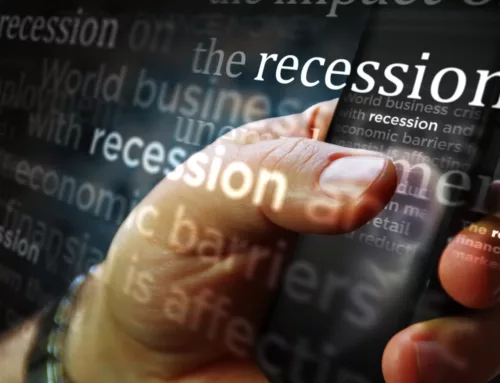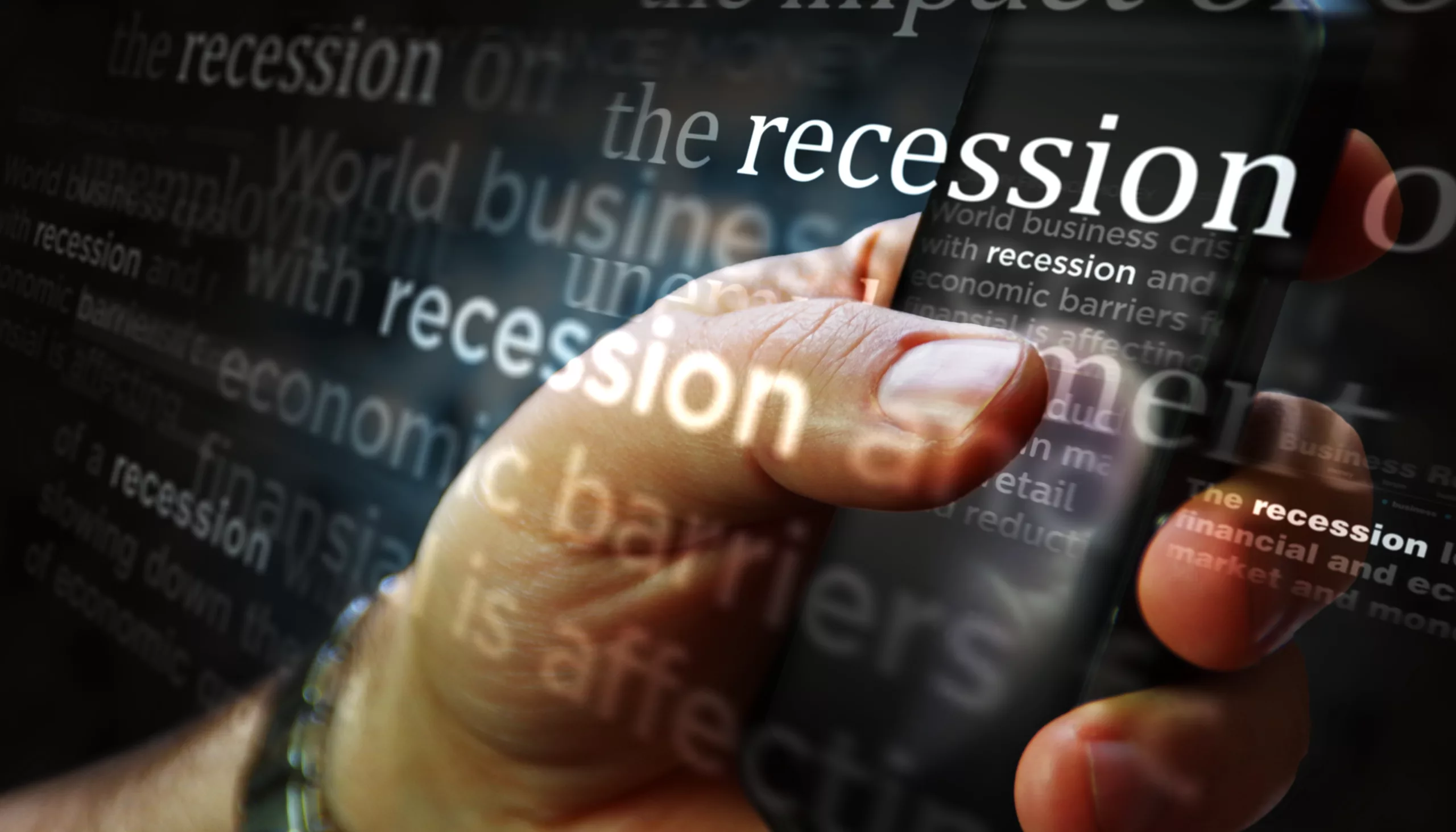How to Save Money
If you’re having a tough time figuring out how to save money in this economy, you’re certainly not alone. While inflation rates are hitting multi-decade highs, personal savings rates in the United States are falling to multi-decade lows. But even if the rising cost of living is weighing heavy on your wallet, cutting expenses to bulk up your savings account can be simpler than you think. Here’s how to get started.
How to Save Money: Track Spending and Build a Budget
The first step toward bulking up your savings is analyzing your expenses. Calculate how much you’re spending each month and then categorize those expenses to see exactly where your money goes. Chances are you’ll find a few areas where your expenditures could take a cut.
Once you know what you’re spending and where, it’s time to build a budget. Start with the essentials — food, housing, water, electricity, healthcare costs, transportation, etc. — and include a realistic monthly savings goal. From there, establish a savings target for your emergency fund. Finally, budget for discretionary expenses like entertainment and restaurants.
As you create your budget, think carefully about your needs versus your wants. You don’t have to give up all nonessential spending, but you should decide in advance how much you’ll budget. Cutting back on everyday discretionary purchases can help you save more money long-term or even save for bigger wants like a house or vacation.
How to Save Money on Autopilot: Pay Yourself First
Once you decide on a monthly savings goal, set yourself up for success by setting up automatic transfers to a savings or other high-yield account. You can’t spend money you’ve already saved, and the saving will happen indefinitely without any additional work or thought on your part.
No matter how you get paid, you can set recurring monthly transfers from your checking account to the account(s) of your choice. If your employer uses direct deposit, you can also have a portion of your paycheck deposited directly into savings.
How to Save Money on Credit Payments: Pay Off or Refinance High-Interest Debt
Whether you have high-interest credit cards or loans, the longer you take to pay them off, the more money you’ll waste on interest over time. So eliminate those debts as quickly as possible by paying as much as you can each month. The more you pay, the more you reduce your principal balance since most of your minimum monthly payment goes toward interest on the credit you’re using.
If you have several high-interest debts, start by putting extra money toward your smallest balance until you pay it off. That’ll free up funds to put toward your larger balances, and seeing some quick progress can give you the momentum you need to keep going. Once you tackle that debt, roll the amount you were paying on it monthly toward your next-smallest balance. Then rinse and repeat.
If you’ve worked hard to improve your credit, you may qualify for lower interest rates, too. First, ask your creditor(s) if you can get a reduction. If that doesn’t work, see if you can refinance with a different lender. You may also be able to move high-interest card balances to a balance transfer credit card with a low introductory APR.
How to Save Money on Food: Plan and Prepare From Scratch
On average, restaurant meals are three to five times more expensive than their home-cooked counterparts. Impulsive shopping can quickly run up your monthly food bill, too. So if you eat out often or aren’t particularly thrifty at the grocery store, start planning your meals, shopping sales, and cooking at home more often.
Even if you cut a mere $15 from your typical weekly grocery receipt, you’ll accumulate almost $800 annually. You can then put that money into an interest-bearing savings account, where it’ll automatically grow with time.
How to Save Money on Fixed Monthly Expenses: Shop Around or Adjust
Chances are some of your fixed monthly bills like your cell service, internet, and auto insurance could be cheaper. If you’re currently spending quite a bit, shopping around for less expensive alternatives or adjusting your existing plans can help you save big.
If you have a triple-digit monthly cell phone bill, consider switching providers or joining a multi-line plan with family members or friends. And if you’re not using all of your data or don’t really need a hotspot, downgrade your plan.
If your auto insurance is super pricey, compare rates every six months to see if you can find a more affordable policy. And if you carry other forms of insurance, bundling policies with the same provider can save you money, too.
The same goes for your internet plan and any other fixed bills you pay monthly: Look for more affordable service and switch if it makes sense. And if you pay for any subscriptions or memberships you hardly use, cancel them.
When you start saving on a fixed expense, do yourself a favor and ensure you won’t spend that money elsewhere. Let’s say you save $50 on a bill — immediately set up another automatic, recurring savings deposit for $50.
If you’re struggling to save, tracking your spending and making a few simple tweaks can help you put more money away every month. Even if it doesn’t look like a lot initially, those savings will gradually add up, earning interest over time. And if you stay consistent, you might be surprised at just how much your nest egg can grow.








